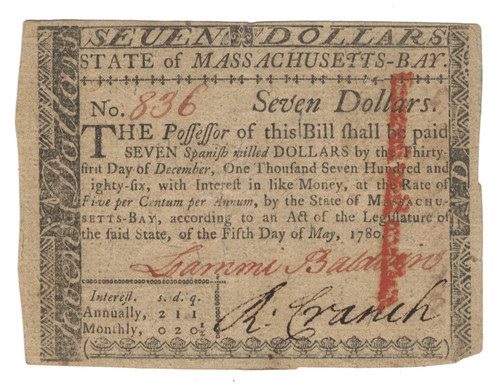1912, New Jersey. $100,000 Bond bearing 5% interest. Orange/Black. Vignette at top center of the United States Steel Corp. plant. Issued to The Carnegie Foundation of Italy. . The Fondazione Carnegie per gli atti de eroismo was recognized under Italian law on September 25, 1911. In addition to awarding gold, silver, and bronze medals to heroes and heroines, the fund also makes monetary grants in exceptional cases. In recent years, the number of awards has averaged about 30 a year. Punch and stamp cancelled.
The formation of United States Steel (U.S. Steel) is often associated with being the first billion-dollar deal in American corporate history. This historic merger took place in the early 20th century, and it involved the consolidation of several major steel companies.
In 1901, the prominent American industrialist J.P. Morgan played a central role in orchestrating the merger. At that time, the U.S. steel industry was highly fragmented, with numerous small and large steel companies operating independently. Morgan believed that consolidating these companies into one large entity would bring about greater efficiency, cost savings, and increased control over the steel market.
The merger that led to the formation of U.S. Steel involved several major companies, including:
Carnegie Steel Company: Controlled by Andrew Carnegie, this was one of the largest and most successful steel companies in the United States.
Federal Steel Company: Headed by Elbert H. Gary, Federal Steel was another significant player in the steel industry.
National Steel Company: This company, led by William Henry "Judge" Moore, was another major player in the steel market.
American Steel and Wire Company: A leading manufacturer of wire and wire products.
Under J.P. Morgan's leadership, these and other smaller steel companies were brought together to create United States Steel on February 25, 1901. The new company was capitalized at $1.4 billion, making it the first billion-dollar corporation in history. It was also one of the largest corporations in the world at the time.
United States Steel was a vertically integrated company, controlling not only steel production but also iron ore mines, coal mines, and transportation infrastructure. This integration gave it significant control over the entire steel production process, from raw materials to finished products.
The formation of U.S. Steel marked a major milestone in the history of American industry and corporate consolidation. It was emblematic of the trust in big business and the power of financiers like J.P. Morgan during the Gilded Age and the early 20th century. While the company had a significant impact on the steel industry, it also faced antitrust scrutiny and labor disputes during its early years.












